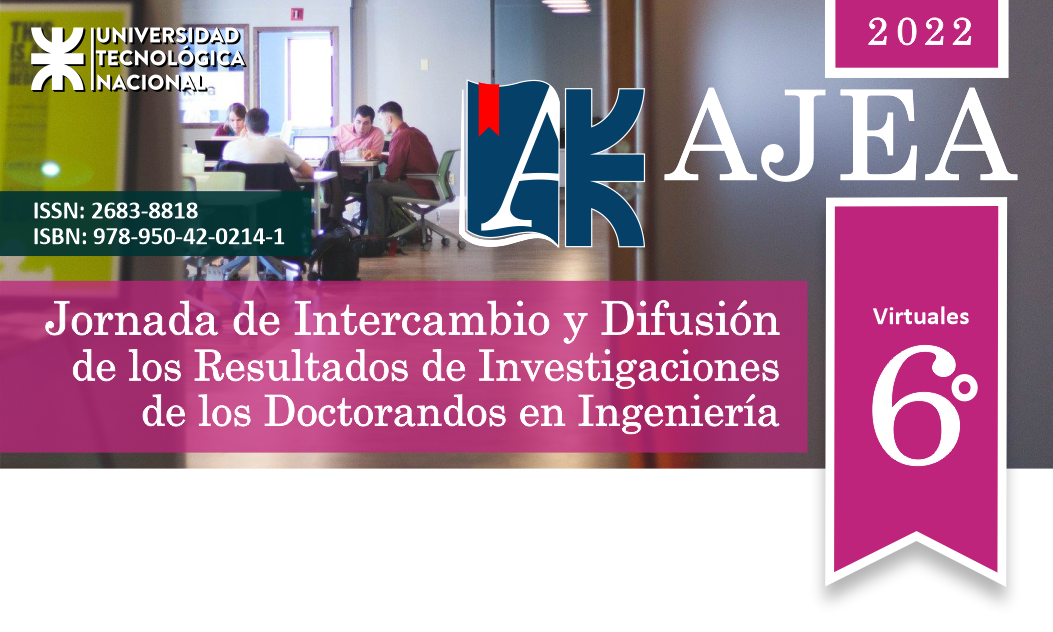Iron adsorption on waste from the industrialization of Moringa oleifera
DOI:
https://doi.org/10.33414/ajea.1077.2022Keywords:
Iron, Moringa oleifera, Seed hulls, AdsorptionAbstract
"El Moringuero", a company based in Misiones-Argentina, is dedicated to the production of food and cosmetics from the Moringa oleifera plant, producing a large amount of lignocellulosic waste. Iron is an abundant metal in nature and is a common contaminant in groundwater and surface water. Adsorption processes are a low cost alternative to remove iron from water. In this work, the behavior of an agroindustrial residue, Moringa seed husk, as an iron adsorbent was evaluated. The dosage curve and adsorption equilibrium were performed, obtaining that the best adsorbate-adsorbent ratio occurs when the husk mass is 300mg. The isothermal models of Langmuir and Freundlinch were evaluated, being the first the one that presented the best correlation. It was concluded that the implementation of Moringa husk as adsorbent material is potentially a sustainable solution for the removal of iron in solution.










